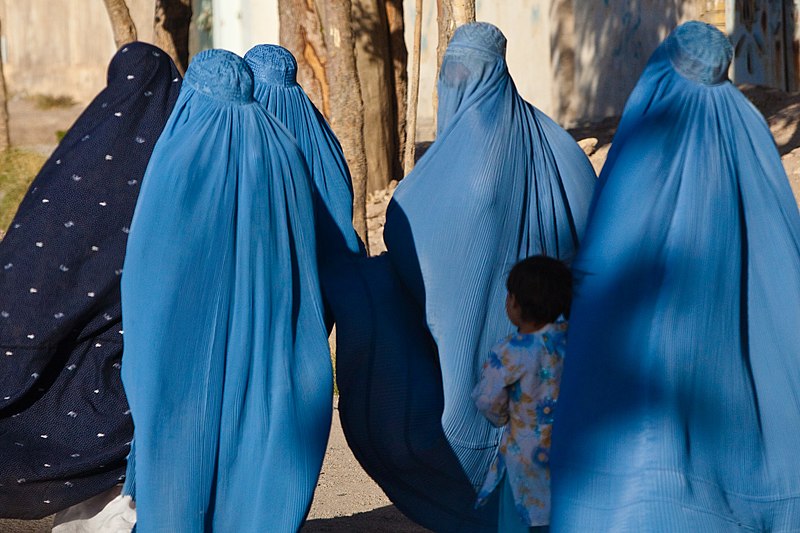
Belgium’s outgoing State Secretary for Asylum and Migration, Nicole de Moor (CD&V), emphasized the country’s longstanding commitment to acknowledging the dangerous realities faced by
Afghan women during asylum evaluations. Speaking during a parliamentary debate on Wednesday, she underscored that although Afghan women are not automatically granted asylum, their cases are examined individually to determine their specific circumstances.
Taliban Control and Impact
Since the Taliban’s resurgence, conditions for women in Afghanistan have deteriorated significantly. A recent ruling by the European Court of Justice declared that the Taliban’s discriminatory practices against Afghan women constitute acts of persecution. This directive instructs EU member states to prioritize the nationality and gender of Afghan women when processing their asylum applications.
De Moor pointed out that Belgium’s Commissioner General for Refugees and Stateless Persons (CGRS) already employs this standard. “It has been evident for some time that women in Afghanistan face severe risks,” she stated. “The discriminatory measures imposed by the Taliban are, in themselves, sufficient to be recognized as persecution.”
Asylum Applications in Belgium
Of the Afghan asylum applications filed in Belgium this year, only 16 per cent were submitted by women—approximately 250 adult female applicants—marking a modest increase compared to previous years. By the end of September, Belgium had received 2,486 asylum applications from Afghan nationals, including 390 women and girls. Out of these, refugee status was granted to 372 female applicants, resulting in a high recognition rate of 95.6 per cent.
De Moor noted that the relatively low number of female applicants can be attributed to the significant obstacles Afghan women face when attempting to leave their country and travel independently.
Despite the high recognition rates, the CGRS continues to conduct thorough individual assessments to confirm the applicants' identities, check for exclusion criteria, and ensure that the applicants do not have protection in another EU member state.
Broader Asylum Context
Most Afghan asylum applications in Belgium come from men, who have an overall protection rate of 38 per cent, which rises to 43 per cent when cases deemed inadmissible are excluded. De Moor highlighted that Belgium’s asylum statistics differ from those of other EU countries due to differing risk profiles, application processing procedures, and the unique statuses applied by various member states.
In addressing rejected asylum cases, De Moor reiterated Belgium’s position that individuals denied asylum and residency must return to their home country. She noted that while voluntary returns—whether facilitated by Fedasil or arranged independently—have occurred, forced returns remain challenging due to the necessity of negotiating cooperation with the Taliban. However, De Moor confirmed that forced returns are not ruled out. “My asylum services are exploring ways to enhance return processes to Afghanistan,” she said, clarifying that the difficulties surrounding deportations do not imply an automatic right to stay in Belgium. Photo by Arnesen, Wikimedia commons.



































